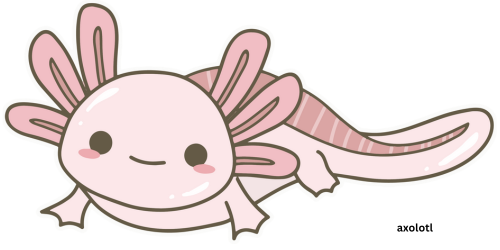Making Math Fun: How We Turned Division into an Axolotl Adventure!

Math can sometimes feel like a tough subject to crack, especially when it comes to topics like division. I get it—my youngest wasn’t too thrilled about division either. But the thing is, math doesn’t have to be dry and boring, especially when you bring in a bit of imagination and creativity.
Let me share a story about how I made division a little more engaging for my daughter.
Making Division Fun with Axolotls
We’ve been working on 5th grade-level division using IXL. My daughter loves multiplication, but division? Not so much. I started noticing that part of her frustration came from how abstract division can feel, especially with all the different symbols and terms like divisor, dividend, and quotient. Add in remainders, and it can just seem like a lot to deal with.
Yesterday, as we were practicing dividing numbers by tens, we ran into a little stumbling block. Instead of the correct answer being 80, she wrote 8. That’s when I decided to bring in something she loves: axolotls (yep, those adorable little creatures).
I told her to imagine using the money she would have gotten to buy axolotl plushies. Instead of buying 7 plushies, she could have bought 70! Suddenly, we were talking about turning her entire bedroom into a sea of axolotls. She lit up at the idea, and division became a lot more fun that day.
How Interest-Based Learning Boosts Engagement
This is what interest-based learning is all about—connecting a concept that may seem abstract to something your child already loves. The key wasn’t to change the math problem itself but to tap into her imagination and show why accuracy matters in a way that resonates with her.
Why Accuracy Matters
By tying math accuracy to something she cared about (axolotls in this case), she became more engaged, more focused, and, most importantly, more motivated to get the answer right. It wasn’t just about getting through the math lesson—it was about helping her understand that being precise matters, whether it’s about axolotls or life in general.
Tuning Into Energy Levels
Of course, this doesn’t mean it’s always smooth sailing. Some days, she’s tired from swimming (she’s a competitive swimmer), and I know it’s better to take a break. But other times, when I can see she has a little more energy, I’ll push a bit by turning the lesson into something that sparks her interest.
That’s what homeschooling with interest-based learning is all about: being in tune with your child’s energy, interests, and needs in the moment.
Now Here’s the Best Part…
It might seem like I’ve always got an interest-based solution in my back pocket, but honestly, being part of other homeschool communities and seeing what works for other families has been the key. It's about sharing creativity, discovering new ideas, and supporting each other on this journey. That's why I want to invite you to Future Focus Homeschooling.
We’re building a vibrant, supportive community where homeschool families can tap into a wealth of ideas and expertise to make homeschooling both fun and effective. And the best part? You can join us early, help shape what we’re doing, and it's completely free.
Click here to join Future Focus Homeschooling and see how we can support each other on this journey.

